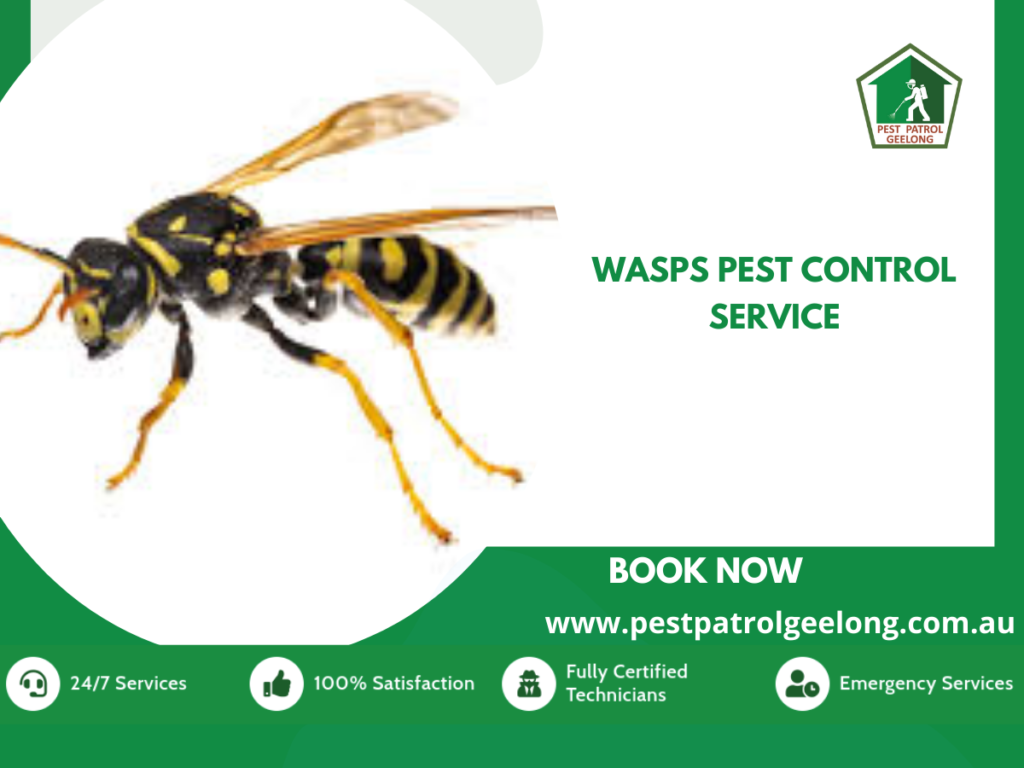Wasps are often misunderstood creatures, known for their distinctive buzzing sound and painful stings. While they play important roles in ecosystems as pollinators and pest controllers, they can also pose challenges when their nests are located near human habitation. In this article, we explore 15 intriguing facts about wasps, their behavior, and habitats, along with effective methods for controlling them to ensure harmony between humans and these buzzing insects.

- Diverse Species: There are over 30,000 species of wasps worldwide, with varying sizes, colors, and behaviors. Common species include paper wasps, yellow jackets, and hornets, each with unique characteristics and nesting habits.
- Social Structure: Many wasp species exhibit social behavior, living in colonies with a queen, workers, and sometimes drones. The queen is responsible for reproduction, while workers gather food and care for the nest.
- Nest Construction: Wasps construct nests from paper-like material, which they create by chewing wood fibers and mixing them with saliva. Nests can be found in various locations, including trees, eaves, attics, and underground burrows.
- Reproduction Cycle: In spring, the queen emerges from hibernation to establish a new colony. She lays eggs that hatch into larvae, which develop into workers. By late summer, reproductive males and females emerge, mating to produce new queens and drones.
- Predatory Behavior: Wasps are carnivorous insects, feeding on insects, spiders, and other arthropods. They play important roles in controlling pest populations, making them valuable allies in ecosystems.
- Defensive Stings: Wasps use stingers to defend themselves and their nests from perceived threats. Unlike bees, which can only sting once before dying, wasps can sting repeatedly, making them formidable adversaries.
- Painful Stings: Wasp stings can be painful and potentially dangerous, particularly for individuals with allergies or sensitivities to insect venom. Symptoms of a wasp sting may include swelling, redness, itching, and in severe cases, anaphylaxis.
- Nest Protection: Wasps are highly protective of their nests and may become aggressive if they perceive a threat. Approaching a wasp nest or disturbing it inadvertently can trigger defensive behavior, leading to stings and potential harm.
- Seasonal Activity: Wasps are most active during the warmer months, typically from spring to early autumn. As temperatures drop in late autumn, colonies decline, and new queens seek shelter to hibernate through the winter.
- Attracted to Sweet Foods: Wasps are attracted to sugary substances, such as fruit, nectar, and human foods like soda, juice, and desserts. Their presence can be particularly noticeable at outdoor gatherings and picnics where food is abundant.
- Importance in Pollination: While not as efficient as bees, some wasp species play roles in pollination by transferring pollen as they forage for nectar. This contributes to the reproduction of flowering plants and the diversity of ecosystems.
- Natural Enemies: Wasps have natural predators, including birds, mammals, and other insects. Certain parasitic wasps lay eggs inside other insects, using them as hosts for their developing larvae.
- Cultural Significance: In some cultures, wasps hold symbolic meanings, representing attributes such as productivity, aggression, or social order. Wasps feature in folklore, art, and literature as symbols of strength, resilience, and industriousness.
- Environmental Benefits: Despite their negative reputation, wasps provide ecological benefits by controlling populations of agricultural pests and serving as pollinators for certain plant species.
- Sustainable Control Methods: Effective control of wasp populations involves a combination of prevention, habitat modification, and targeted treatments. Non-lethal methods include sealing entry points, removing food sources, and deploying traps to capture individual wasps.
Conclusion: Wasps are fascinating insects with complex behaviors and ecological roles. While they can be beneficial in natural ecosystems, their proximity to human habitation can lead to conflicts and safety concerns. By understanding the biology and behavior of wasps, along with implementing effective control methods, humans can coexist with these buzzing insects in harmony. Through education, awareness, and responsible pest management practices, we can ensure the conservation of wasp species while minimizing risks to human health and safety.

